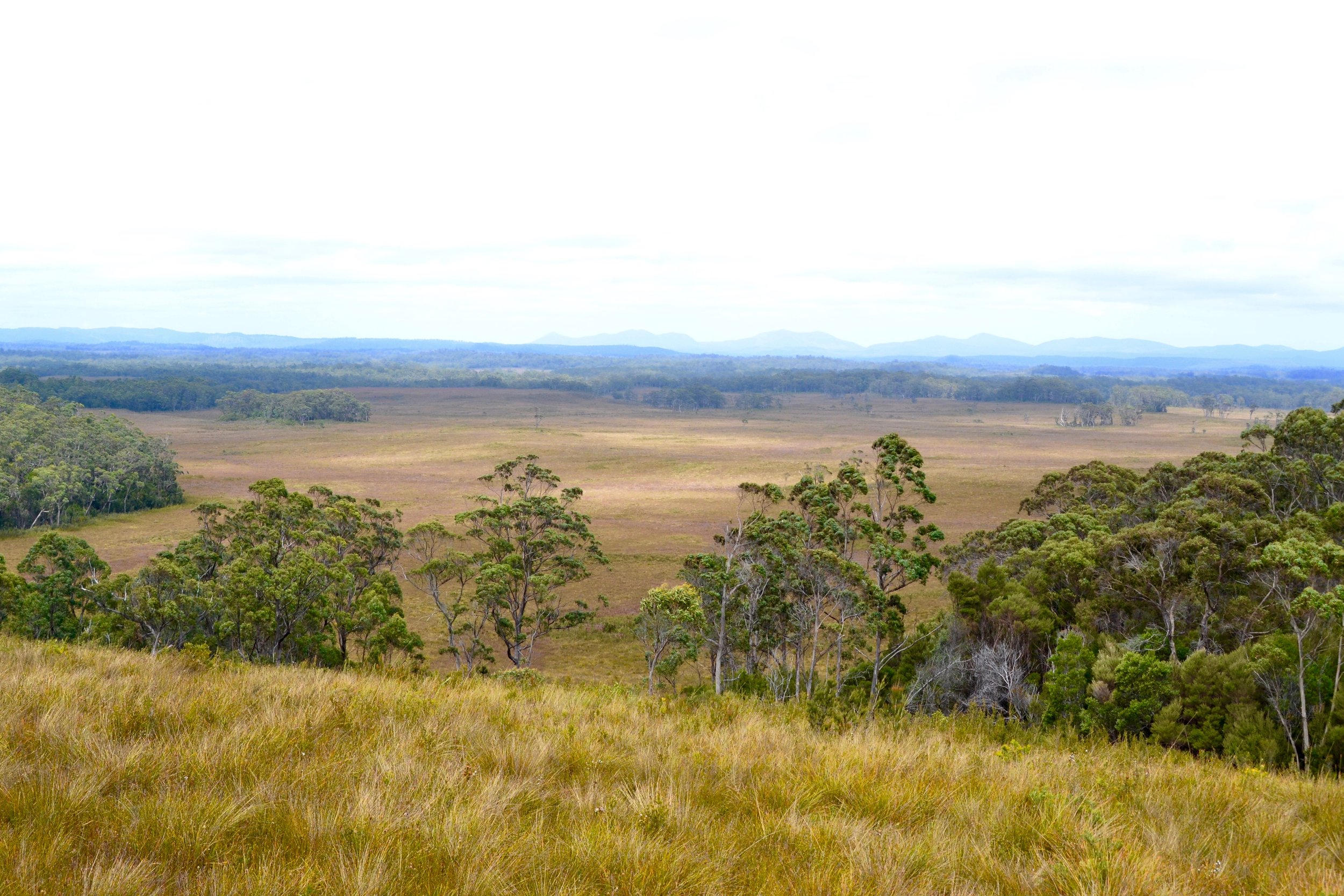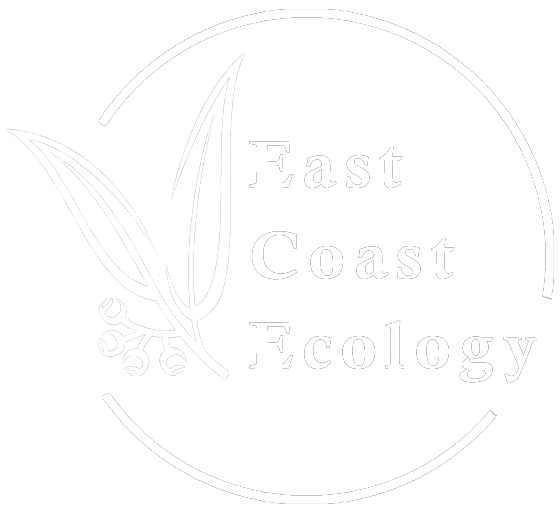
Koala Assessment Report NSW
In 2022, the threatened status of koalas changed from “Vulnerable” to “Endangered” in both the Biodiversity Conservation Act 2016 (NSW) (BC Act) and the Commonwealth Environment Protection and Biodiversity Conservation Act 1999 (EPBC Act).
The change in status from “Vulnerable” to “Endangered” reflects the severe and ongoing threats faced by koala populations caused by drought, continued loss of habitat through urbanisation, and the devastating effects from the 2019-2020 bushfires.
The 2019-2020 bushfire season in Australia resulted in 3.5 million hectares of koala habitat burnt across NSW, Qld, and the ACT. It was estimated that the already declining koala population would fall by a further 7.2% one year after the 2019-20 bushfires.
In response to the 2019-2020 bushfires, the World-Wide Fund for Nature-Australia (WWF-Australia), the International Fund for Animal Welfare (IFAW), and Humane Society International (HSI), assisted by the Environmental Defenders Office put forward the nomination for uplisting from “Vulnerable” to “Endangered”.
The NSW Parliamentary Committee warned that the koala may become extinct in New South Wales before 2050 without urgent measures mandated by the Government to protect habitat and address further threats. The change in status to “Endangered” highlights the urgent need for greater conservation measures and more strict protection.
Need a Flora & Fauna Assessment Report?
Give us a call, send us an email or fill out the contact form and one of our experts will get back to you shortly.
PHONE: 02 7813 6119
EMAIL: admin@ececology.com.au
The Important Role of the Biodiversity and Conservation SEPP
In March 2022, the Koala Habitat Protection SEPP was consolidated into the State Environmental Planning Policy (Biodiversity and Conservation) 2021.
The Biodiversity and Conservation SEPP 2021 provides an important framework to encourage conservation and management of areas of natural vegetation that provide habitat to local koala populations. The SEPP 2021 intends to reverse the current declining trend in koala population decline by:
I. Guiding councils on how to prepare (and what to include) in their KPoMs.
II. Defining criteria and requirements that applicants must follow and councils must implement when preparing and assessing development applications on land where a council does not have a KPoM in place.
III. Setting out the process for identifying core koala habitat locations.
IV. Informing the local community about the important role of the SEPP in protecting and conserving local koala populations and their habitats.
Key Components of a Koala Assessment Report
In-line with the Biodiversity and Conservation SEPP 2021, a Koala Assessment Report must address the following 5 key principles.
Understand the koala habitat values
Avoid intensifying land use in koala habitat areas by selecting appropriate sites and through landscape planning.
Encourage proper conservation and management of areas of natural vegetation that provide habitat for Koalas.
Minimise the potential direct impact to the koala population through koala sensitive design.
Implement best practising when measuring the management of identified risks to Koalas.
Koala Plan of Management (KPoM) Sites in NSW
A Koala Plan of Management (KPoM) provides a strategic framework to protect koala habitats in Local Government Areas (LGAs) across New South Wales in locations with significant koala populations and habitats. The KPOM framework integrates conservation into local planning policy and development controls to minimise threats to local koala populations and conserve their natural habitat.
Northern Rivers
Ballina
Bellingen
Byron
Coffs Harbour
Kempsey
Lismore
Tweed
Hunter Region
Port Stephens
Greater Sydney
Campbelltown
Koala Plan of Management (KPoM) Sites in NSW
Locations in the aforementioned Koala Plan of Management (KPoM) protection LGAs must follow their respective Koala Plan of Management (KPoM) requirements for assessing and mitigating development impacts on koalas.
Outside of KPoM locations, the Biodiversity and Conservation SEPP 2021 guidelines apply. The SEPP requires a different assessment framework and development policies for sites that are not identified as a core koala habitat.
Glossary
I. Biodiversity Conservation (BC) Act 2016 – legislative framework to enhance classification for species of conservation status, increase protection for threatened species, introduce protection for threatened ecological communities.
II. Commonwealth Environment Protection and Biodiversity Conservation (EPBC) Act 1999 – Australian government environmental legislation that covers environmental assessment and approvals, protection of significant biodiversity, and integrates the management of natural and cultural places.
III. 2019-2020 Bushfires – referred to as “Black Summer”, the 2019-2020 Australian bushfire season was one of the worst fire seasons on record in Australia. It is estimated that the 2019-2020 bushfire season affected some 24.3 million hectares resulting in significant loss of natural habitats, property, and death.
IV. Biodiversity and Conservation SEPP 2021 – Government Policy in New South Wales that aims to protect and preserve areas of natural vegetation that provide a habitat for koalas and support koala populations.
V. Koala Assessment Report – A report prepared under the Biodiversity and Conservation SEPP 2021 that must address stated principles and criteria.
VI. Koala Plan of Management (KPOM) – A plan developed to manage and protect koala populations in areas where significant development is occurring in known Koala habitats.
Contact us
for a free quote
We would love to hear from you.
Give us a call, send us an email or fill out the contact form and one of our experts will get back to you shortly.
PHONE: 02 7813 6119
EMAIL: admin@ececology.com.au


